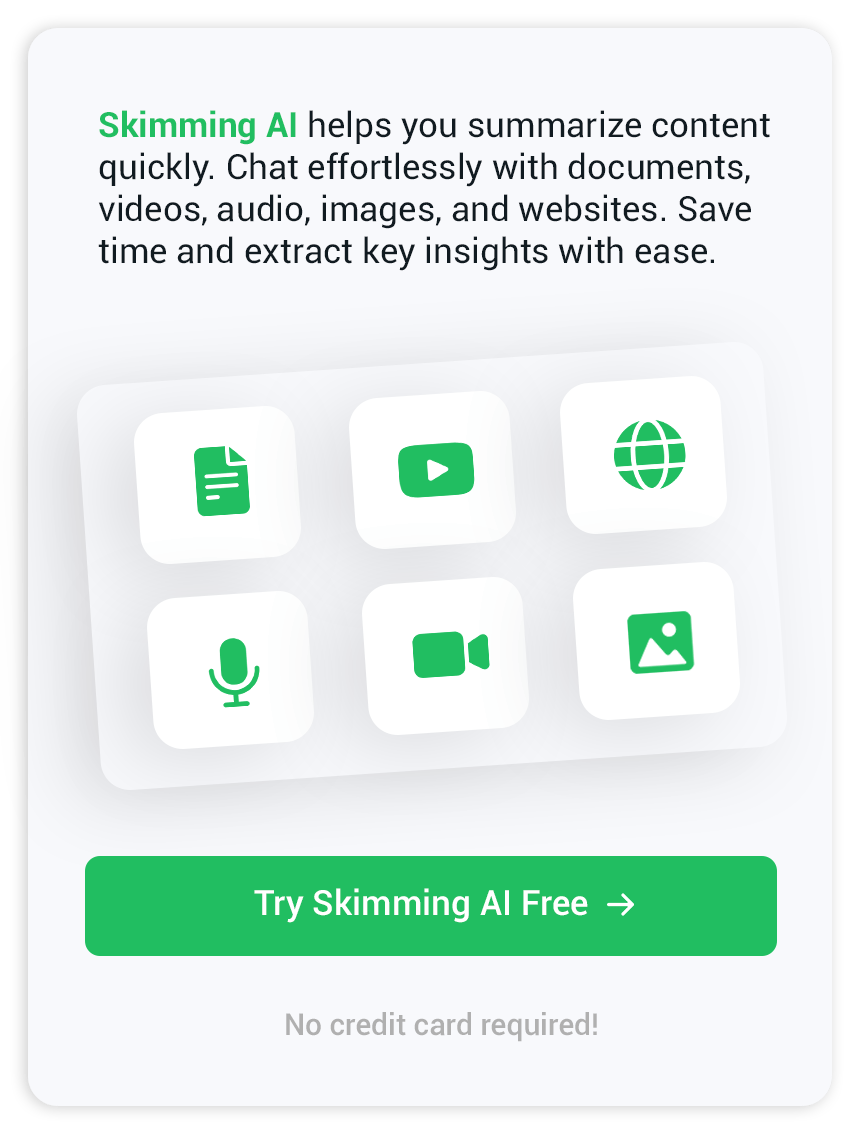Text-to-speech for natural voice generation and audio content
Text-to-Speech: Turning Words Into Voice
Many of us have come across text-to-speech in our daily lives, whether it is listening to an audiobook, using an accessibility tool on our devices, or hearing navigation instructions in a car. But you might wonder, how does text-to-speech really work? The process brings together language, sound, and technology in a surprisingly layered way.
Breaking Down the Process
For a computer to read text aloud, it first needs to understand the words on the page or screen. This step is known as text analysis, where the software identifies letters, punctuation and meanings. Things like abbreviations, numbers, or odd spacing can trip up less reliable software, which is why text-to-speech tools often include extra rules or dictionaries to guide reading.
Once the words are understood, the system moves on to converting text into a form of writing called phonemes. Phonemes are the tiny units of sound that make up spoken language. For example, the word “chat” can be split into the sounds “ch,” “a,” and “t.” Figuring out which phonemes to use, and in what order, is at the core of giving computers a voice that people can recognize and follow naturally. Context matters a lot here, since even simple words can be pronounced differently based on what comes before or after.
From Sounds to Speech
The text-to-speech software then combines these sounds to build sentences that sound as close to a human as possible. Years ago, computers used to piece together voices by stringing pre-recorded snippets one after another, which often created a robotic feel. These days, many systems rely on deep learning techniques or neural voices. These methods allow the software to create more fluid and realistic voices that capture intonation, rhythm, and pauses, making the listening experience more approachable for everyone.
Where You Encounter Text-to-Speech
Text-to-speech technology is woven into various aspects of daily communication. For students, it offers the chance to listen to school materials instead of just reading them. People with visual impairments rely on such tools for everything from reading the news to accessing bank statements. Content creators are using it to bring articles, books, and even social media posts to a wider audience with less effort.
If you are interested in summarizing audio sources or converting audio into simple summaries, platforms now allow this capability, linking speech-based data with fast insights. For example, tools such as audio summarizer combine voice and text understanding to quickly distill spoken content.
From YouTube to Your Documents
Another practical use arises when you want to interact with rich media content. Instead of simply watching a video, you can use clever platforms that let you chat directly with the content itself. Imagine asking questions about a full-length video or referencing specific sections of a long audio file. Features like chat with YouTube bring a conversation-style approach that sits on top of foundational text-to-speech innovations. The same goes for chatting with audio files or even documents, opening up content without having to read everything line by line.
Why Sound Feels So Natural
It is easy to take for granted how comfortable and clear many modern text-to-speech voices sound. Behind that comfort is ongoing progress in training neural networks and collecting real human speech patterns. These improvements let the technology reflect precise emotion and pitch and read entire passages smoothly. While some platforms focus on casual use, others provide specialized features for tasks such as summarizing long passages or chatting directly with more types of digital content, including images or entire documents.

